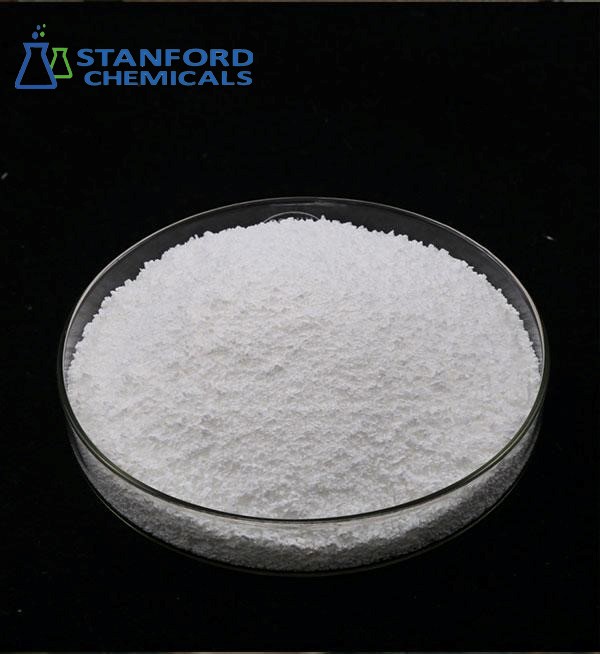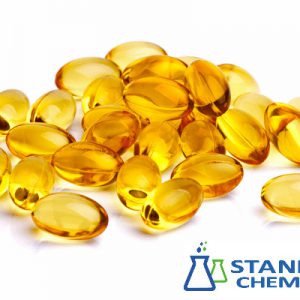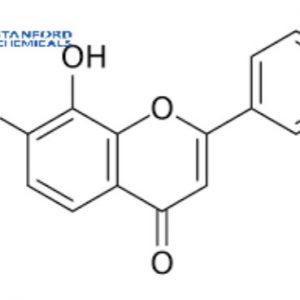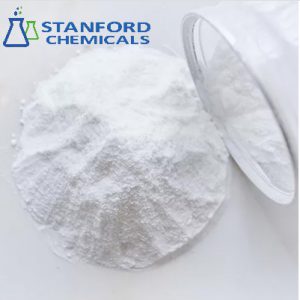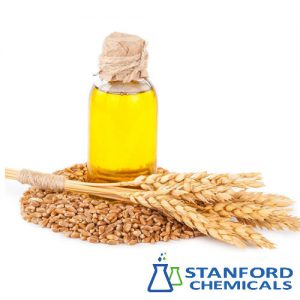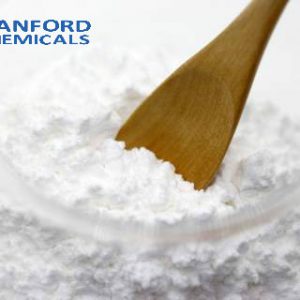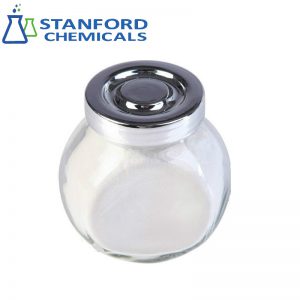- Home
- Foods and Nutraceuticals
- 030-000-461 Vitamin E Acetate
030-000-461 Vitamin E Acetate
| Type | Vitamin |
| Related products | Vitamin E Oil, Vitamin E, Vitamin A, Vitamin AD3 |
| CAS No. | 52225-20-4 |
| Chemical Formula | C8H12O6 |
| Appearance | white powder |
| Packaging | 25kg/drum |
| Assay | ≥99% |
- Description
Description
Description
Vitamin E Acetate Introduction
Vitamin E Acetate is a kind of fat-soluble vitamin, which is soluble in organic solvents easily such as fats and ethanol. Vitamin E is insoluble in water, stable to heat, acid, unstable to alkali, sensitive to oxygen, and insensitive to heat, but the activity of vitamin E is significantly reduced when fried. Tocopheryl acetate can be for the fortification of oils, fats, etc. And tocopherol is as antioxidation by right of own reducibility.
Vitamin E Acetate Benefits
1. Pharmaceuticals & Supplements
- Antioxidant: Neutralizes free radicals, slowing cellular aging.
- Cardiovascular Health: May reduce LDL oxidation, aiding in atherosclerosis prevention.
- Immune Support: Enhances T-cell function, particularly beneficial for elderly immune regulation.
2. Cosmetics
- Anti-Aging Agent: Reduces UV-induced skin oxidative damage (common in creams, sunscreens).
- Moisturizing & Repair: Strengthens the skin barrier, improving dryness (found in serums, lip balms).
3. Food Industry
- Nutrient Fortification: Added to cooking oils, milk powder, etc., to prevent rancidity (approved in China’s GB 14880).
- Animal Feed: Improves livestock fertility and extends meat shelf life.
Comparison with Natural Vitamin E
| Aspect | Vitamin E Acetate | Natural Vitamin E |
|---|---|---|
| Stability | High | Prone to oxidation |
| Bioactivity | Requires metabolic conversion | Directly active |
| Common Forms | Synthetic powder or oily liquid | Plant-derived (e.g., wheat germ oil) |
Vitamin E Acetate Application
It is mainly used for the fortification of dry food products such as flour, dry milk, beverage powders, and water-based foods.

